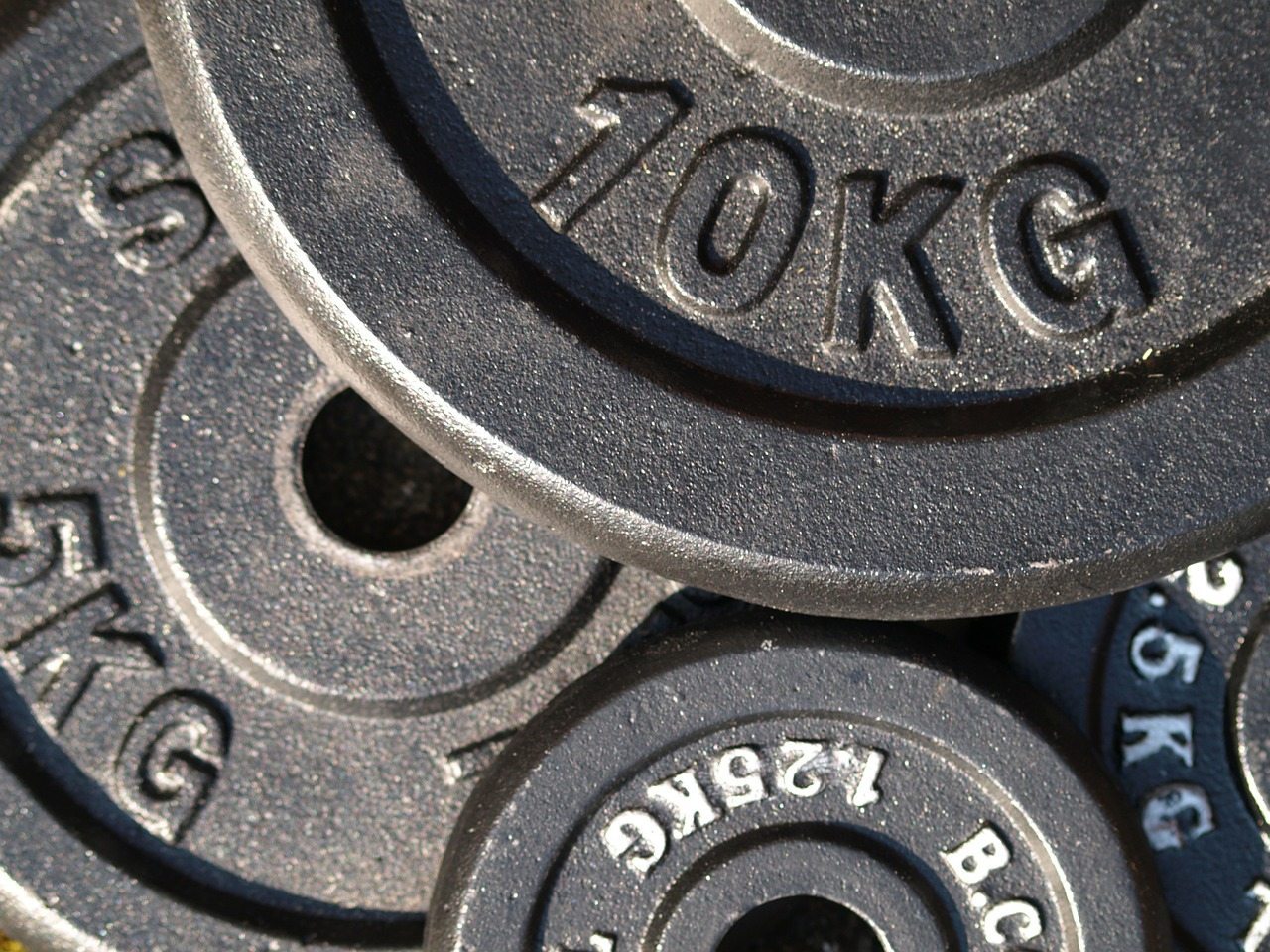Why Cross Train for Cycling?
If your cycling results have hit a brick wall even though you’ve been following your training routine faithfully, maybe it’s time to try cross training. What’s that, you say? It’s when you change your regular workout and add in other types of exercise. Here are 6 of the best reasons to cross train:
1. Prevent injury. The repetitive motion of pedaling a bike over and over again stresses joints, muscles, and ligaments without giving them full recovery. Overuse is one of the primary reasons for injury. Working the same muscles in a different way, or completely different muscle groups, can give your muscles the rest they need to help prevent problems that keep you from training! Get off your bike and add in some cross training. I like to add some plyometrics a couple times a week to help with explosive power.
2. Balance those muscles. In order to maintain muscle symmetry you must work different muscle groups. If you’ve been doing mostly squats and lunges, focusing on your lower body for cycling your upper body may lack the strength and definition that your legs and buns have. Add in an upper-body workout, one that includes resistance training to help you achieve total-body strength and balance. Plus, you’ll get the extra benefit of looking toned all over!
3. Strength. Cross training can increase the overall strength of your muscles and is in my opinion extremely important for optimizing performance. If you train on the bike 99% of the time,  or do mostly cardio-based workouts, add a weight training routine 2-3 x’s a week. Resistance training with dumbbells or bands) can translate into faster running and cycling times, and better endurance, not to mention a speedier metabolism.
or do mostly cardio-based workouts, add a weight training routine 2-3 x’s a week. Resistance training with dumbbells or bands) can translate into faster running and cycling times, and better endurance, not to mention a speedier metabolism.
4. It’s boring. Doing the same old thing gets old. Spice up your workout by trying something—or someone—new! If you’ve been following a particular trainer’s programs, try someone else’s. Each trainer has a different style and will challenge—and even entertain you—in different ways. If you’ve done ‘em all, maybe you just need to get outside for a bit. Consider a sport that’s always interested you.
5. Avoid the dreaded plateau. Your typical training routine will plateau somewhere between 4 and 12 weeks. This makes changing up your workout important to continued consistent progress!
6. Rest & Recovery. OK, so you don’t want to give up your training workouts, but you feel like your perfor mance is starting to dwindle? It just might be time to rest the groups of muscles you’ve been working relentlessly for months
mance is starting to dwindle? It just might be time to rest the groups of muscles you’ve been working relentlessly for months
on end. Time to change it up and give them a break. Try something different, go for a fun swim, a hike, play soccer or football with the family or some friends. Do something you ordinarily wouldn’t do with a little less training intensity. This will not only give your muscles a change but also freshen your mind and rejuvenate your training.









